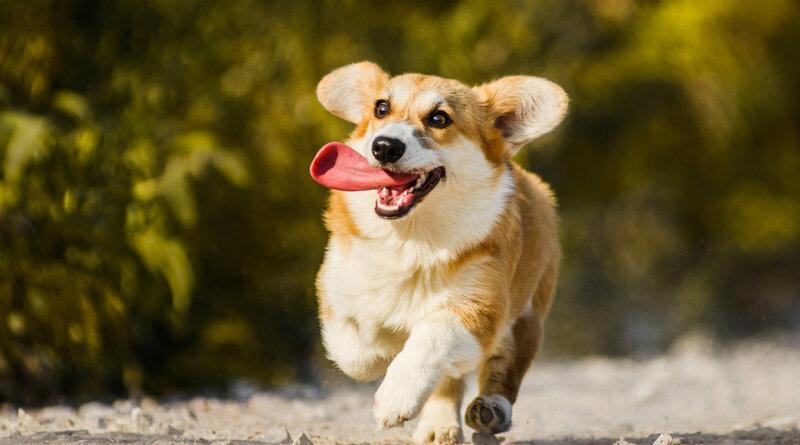7 Things to Know About Dog Zoomies
I have a terrible tendency to misunderstand people when they say “Zoom meeting.” It sounds so much like “zoomies,” which have been a part of my life for so much longer. I’ve enjoyed dogs who have the zoomies outside in the yard or at the park, running in wide circles in the open space, as well as inside with dogs leaping over the coffee table and running along the back of the couch. Zoomies are one of the most beloved and charming of canine behaviors. Why do dogs get zoomies? Find out below.
Here are 7 things to know about zoomies.
1. There’s a technical term for the zoomies. Technically speaking, zoomies are frenetic random activity periods, or “FRAPS.” It has been proposed that FRAPs allow animals to relieve stress, let out stored up energy, handle excirement and play, but the function of frapping is still not known.
2. Zoomies involve furious bursts of speed. Dogs with the zoomies will run in wide circles in a series of laps and may exhibit repetitive spins. Dogs often break into a run suddenly, with their back end tucked as they go, a wild excited look in their eyes and lots of sharp turns or spins with sudden changes in direction. They may run so hard that it can look like the back end is running faster than the front end.
3. There are a lot of precursors to the zoomies. It can happen when dogs get revved up or aroused, when they first go out after being inside, when they see another dog, or when their favorite person comes home. It’s also common after a bath, after pooping, after being groomed, being released from the crate or following anything else that required them to be restrained in some way. Some dogs get the zoomies when they head outside and there is snow.
GET THE BARK IN YOUR INBOX!
Sign up for our newsletter and stay in the know.
4. Zoomies are normal. There is nothing wrong with this normal dog behavior as long as they don’t run in a place that is unsafe such as near a road or through a part of the yard with nails, sharp tools, or any other dangerous objects. Though Zoomies are not problematic, sometimes dogs who are chasing their tails are mistakenly identified as having the zoomies when they are actually showing symptoms of obsessive-compulsiveness.
5. Zoomies don’t last long. Most of the time, a case of the zoomies lasts just a few minutes or even less. Although they can extend upwards of 10 minutes in some cases, that is not typical.
6. It’s difficult to stop dog zoomies, but not impossible. It’s hard to stop a dog mid-zoom, so it is usually easiest to wait out these short-lived actions. You can redirect their motion by running away from them so they chase you to a safer spot if need be. Or, you can throw a toy in the direction you want a dog to go. The better your dog’s recall, the sooner she will come to you as her zoomies wind down, but few will be able to do it at the height of the action. Don’t chase a dog with the zoomies, as that is likely to add excitement to the moment and make it harder for dogs to calm down.
7. Other species can get the zoomies, too. This behavior is best known in dogs, but similar zoomies-like behavior has also been described in ferrets, goats, gazelles, horses, cats, elepahnts, bears and many other animals.
Watching dogs with the zoomies is fun because they seem so happy and so free—exactly the opposite of how most people feel while on a Zoom meeting. Do you have a video to share of your dog with the zoomies?




